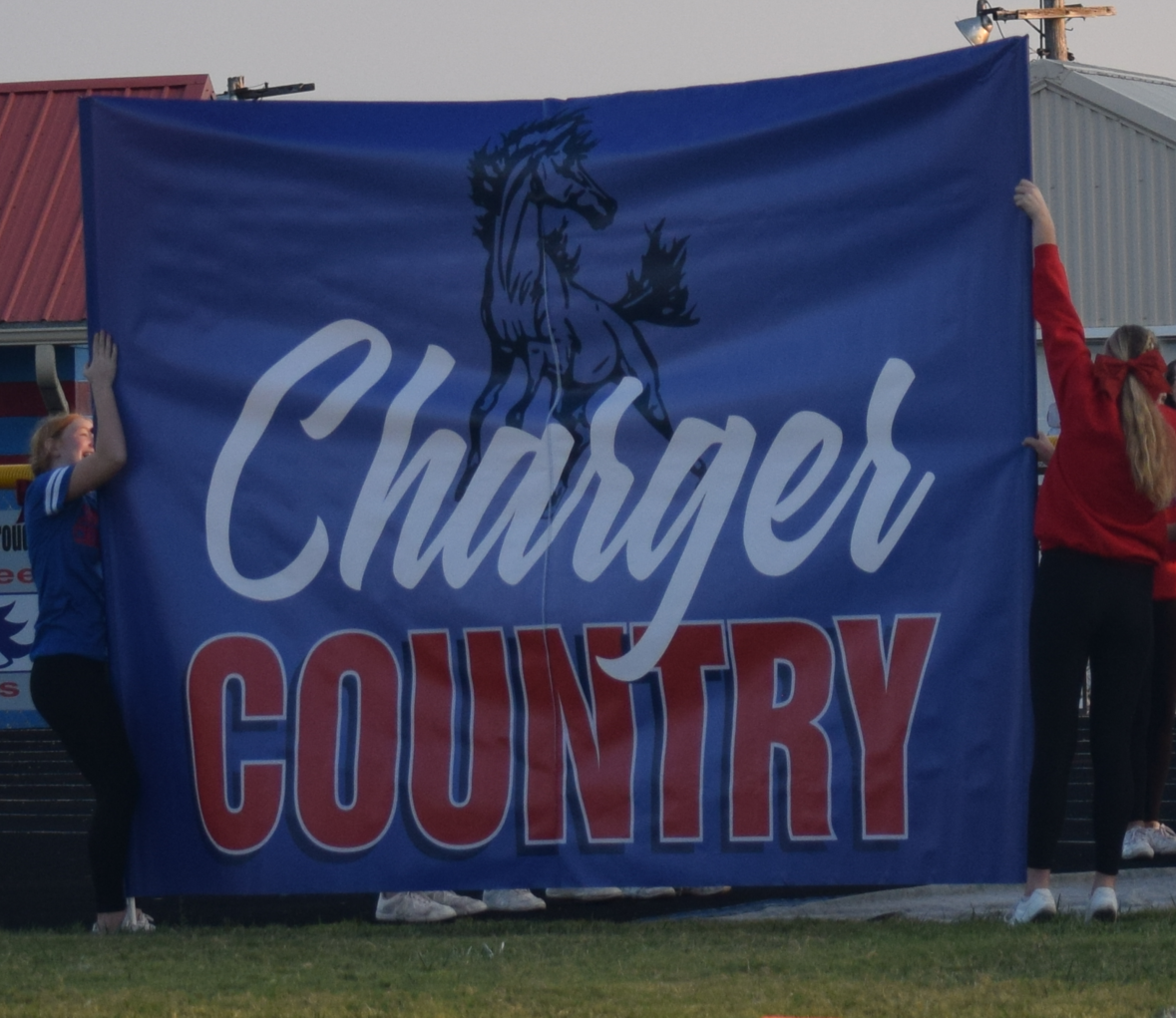The nation’s literacy crisis could easily be solved if educators simply started with the “Secret Codes” which unlock the mystery behind the written word, a leading expert in the science of reading says.
Dr. David Hurford, director of the Center for Research, Evaluation and Awareness of Dyslexia at Pittsburg State University in Pittsburg, Kansas, said the very same techniques his department uses to teach dyslexic children and adults to read should be used to teach every child to read.
In particular a curriculum called the “Secret Codes.”
“We have the Secret Codes that is available to get kindergarten students off and running in reading,” Hurford said. “It is based on the Science of Reading and is a Structured Literacy curriculum that was written before the term Structured Literacy was coined!
“The Secret Codes is meant as both the regular education reading curriculum for kindergarten and to be used as a reading intervention for those who are in 1st through 5th grade.”
The curriculum was authored by Hurford, who has studied dyslexia and how to teach reading for more than three decades, and Dr. Rebecca Groves Brannock, who is also an educator and researcher at Pittsburg State.
Secret Codes components
The codes focus on several specific areas of reading competence:
- Phonological & Phonemic Awareness: students develop the skills to identify oral language, understand the relationship between sounds and symbols, listen for beginning, middle, and ending sounds in a word, decode words into sounds and learn to blend sounds into words.
- Reading: Students will comprehend what they are reading, learn about punctuation (periods, question marks, and exclamation points), focus on phonological and phonemic skills, use their decoding skills to read words and then learn to read sentences and paragraphs.
- Vocabulary: Students then improve their vocabulary skills, learn to understand spoken directions, act upon the requests, complete tasks, and learn about various aspects of language
- Writing: Students write upper and lowercase letters in the correct form and direction, learn spelling strategies, learn to write words and then sentences with correct spacing, and then learn to write paragraphs.
- Punctuation Symbols: Students learn how and when to use a period, question mark, and exclamation point.
If this all sounds very basic and like the phonics many over 50 used to learn to read in grade school, that’s because it is. However, in the last few decades, other strategies have begun to be used, and most of them have been abject failures, with more than a third of fourth graders unable to read at a basic level and nearly 93 million adults unable to read well enough to take their prescription medication.
It’s something even the New York Times is stressing as well, reporting recently, “Research shows that most children need systematic, sound-it-out instruction — known as phonics — as well as other direct support, like building vocabulary and expanding students’ knowledge of the world.
“A popular method of teaching, known as ‘balanced literacy,’ has focused less on phonics and more on developing a love of books and ensuring students understand the meaning of stories,” the Times reports. “At times, it has included dubious strategies, like guiding children to guess words from pictures.”
Hurford said the issue is the notion there are “many ways” to teach reading.
“In reality, there isn’t,” he said. “We need to teach the mechanics of reading; that notion that this letter represents this sound. And then you can decode that letter into the sound, synthesize and blend it together, and then have some recognition that what you’re reading is a word you already know.”
Indeed, other states with historically high illiteracy rates are using science-based programs like the Secret Codes to make historic gains.
According to the Associated Press, Mississippi, Louisiana, and Alabama have turned to the science of reading to fix a long-standing problem.
“Mississippi went from being ranked the second-worst state in 2013 for fourth-grade reading to 21st in 2022,” the AP report reads. “Louisiana and Alabama, meanwhile, were among only three states to see modest gains in fourth-grade reading during the pandemic, which saw massive learning setbacks in most other states.”
For Hurford, the bottom line is simple — reading is a science, and anyone can learn — if they’re taught properly.
“From my perspective, it is much better to prevent reading failure than to remediate it,” Hurford said. “The Secret Codes was meant to prevent reading failure, and the research indicates that it is effective in doing so.”


